Games, gamification, and gamified learning are all the buzz in education these days. Many parents wonder if their child is truly learning while playing games. Singapore Chinese infotainment radio station Capital 958 FM invited Mr. Mark Luo, Founder and CEO of Spark Education Group, to discuss how parents can utilize gamification and online learning platforms to keep their children engaged and ensure they have fun while learning.

In this blog article, we’ve summed up the key takeaways for parents who are curious about how gamification can make learning fun and engaging for their children.
Managing Schoolwork During Holidays
Host: As a father, how do you manage your children’s learning habits during school holidays?
| Quick answer: We prioritize getting things done early, including schoolwork. We also let the kids manage their time – homework first, then fun! This teaches them responsibility and time management while letting them enjoy their free time. |
Mark: We live by two main principles. First, we believe in getting things done early, especially schoolwork. Important tasks shouldn’t wait until the last minute, avoiding the stress of last-minute rushes.
Second, we let the kids manage their time. They have two priorities to juggle: schoolwork and ball games. The rule is simple: homework first, then fun. Once their schoolwork is done, my wife and I won’t hover over them. They can read comics, make videos, or play video games—it’s their choice.
This way, they learn responsibility and effective time management. It also lets them enjoy some well-deserved free time during the holidays.
Understanding Gamified Learning
Host: What is gamification in learning, and is it just for younger children?
| Quick answer: Gamification uses engaging elements like animation and rewards to motivate learning. It appeals to different age groups with different mechanisms. While younger children might enjoy animation, older ones might prefer teamwork challenges. Gamified learning makes learning more enjoyable and effective. |
Mark: I’d like to take this opportunity to clarify what we mean by gamification and gamified learning. It’s not the same as the video games we often think of. Gamification is a set of mechanisms that engage our senses—what we see, hear, and feel—to create excitement, calmness, or a sense of challenge and motivation.
For instance, in physical activities, students are more engaged when there’s an element of competition or a reward for winning. Grouping them with a sense of collective honor makes the competition even more intense.
So, gamification is a system composed of many elements. We can use these elements in the learning process to help students find interest, enjoyment, and motivation, leading them to a state of flow where they learn without even realizing it.
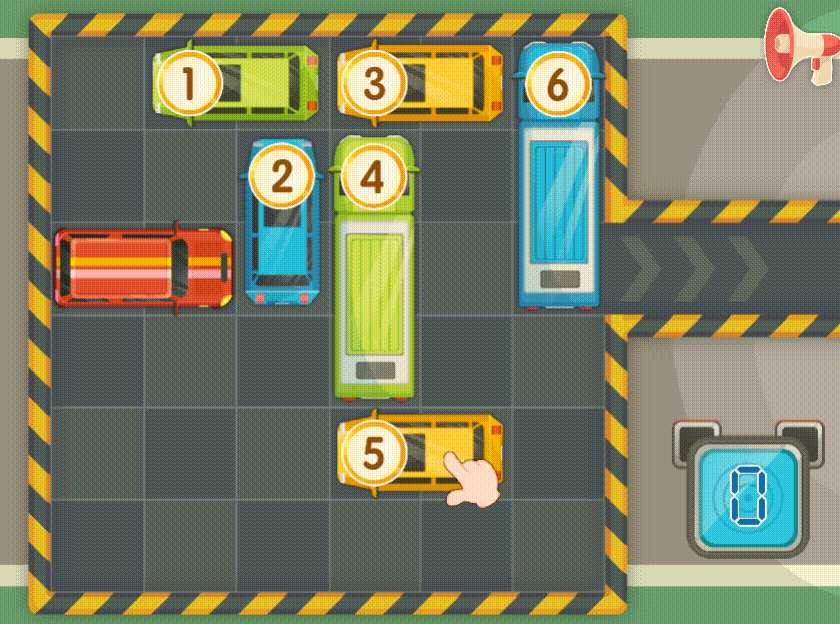
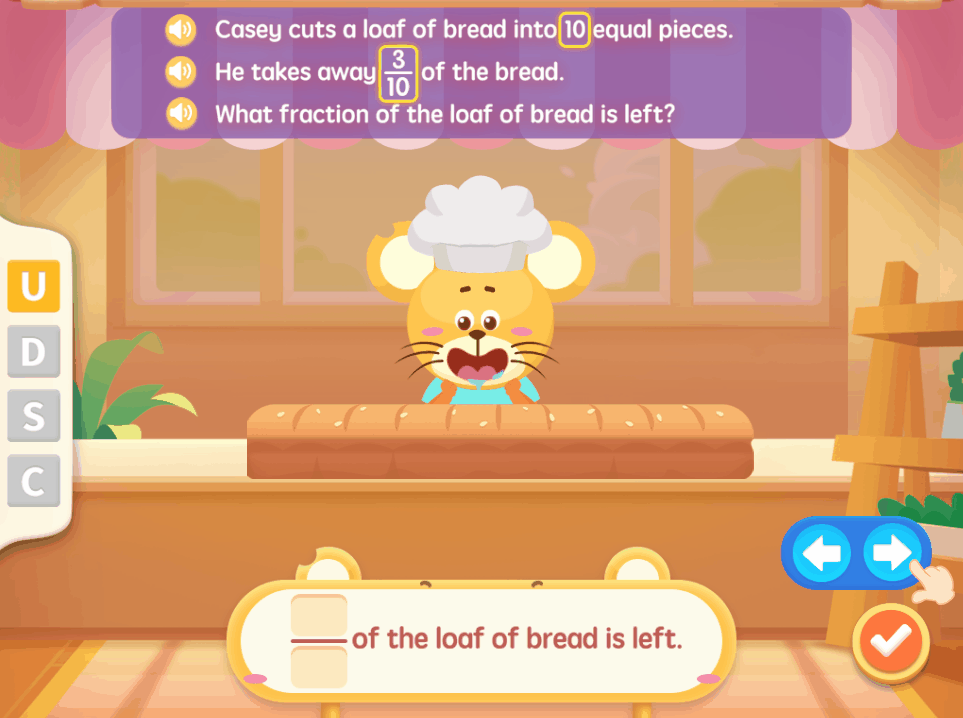
One example of a gamification element is animation. It helps students understand abstract mathematical concepts by using concrete imagery. The CPA teaching method in Singapore math, for instance, focuses on representing abstract concepts visually. Verbal explanations alone may leave students confused, but animation brings these concepts to life, making them easier to grasp and enhancing learning.
For older children, while they may not be as interested in animation, they can still benefit from other gamification mechanisms. I believe that gamified teaching can significantly enhance the learning experience, making it more enjoyable and motivating for effective learning.
Balancing Play and Learning
Host: How does Spark Education balance play and learning with gamification? You mentioned a dual-track approach: one following the MOE’s math curriculum and another fostering children’s mathematical problem-solving skills. Do you use games as the primary entry point or reward for both tracks?
| Quick answer: We use more gamification and animation for younger children. As they progress, the focus shifts to problem-solving and teamwork. We balance teaching content with gamification to create a fun and engaging experience for all ages. |
Mark: Yes, our courses start in kindergarten, and we use engaging animations and interactive games to make learning fun for young children. We want them to think, “Wow, I want to go to class!” Even after a day at Disneyland, they should be excited to continue their lessons. It’s a whole new level of engagement for them.
However, I understand why parents, especially of older children, might be hesitant about gamified learning. They might say, “Don’t play games, study hard!” or wonder, “How much time did my child spend playing vs. learning today?”
Our approach follows our first principle: don’t procrastinate on important tasks. This applies to learning too. If we don’t instill a love of learning, a willingness to think, and quality thinking skills early on, parents will become anxious by fifth or sixth grade.
At Spark Education, with over 700,000 students worldwide, we have many one-on-one connections with parents. Many realize that the earlier they cultivate their child’s interest in learning, especially in math, and the sooner they use effective teaching methods to help them master the basics, the easier it will be in later grades.
Elementary school math isn’t complicated, but negative experiences can lead to children disliking the subject. They might become disengaged and fall behind, creating a snowball effect.

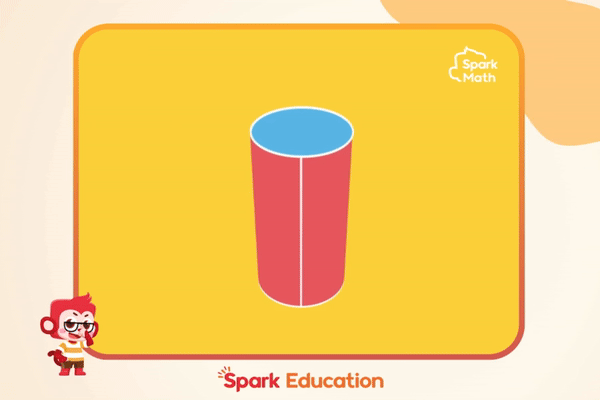
That’s why it’s crucial to balance teaching content with gamification when designing lessons. We have a gradual transition process. In the lower grades, we use more gamification and animation elements. As students progress, we reduce the animation. By fifth and sixth grade, most animations are used to explain abstract mathematical concepts, not to tell stories.
For older students, cartoons aren’t as effective; you can’t rely on visual and auditory elements to stimulate them. They need teamwork, problem-solving, and a sense of accomplishment from overcoming challenges. Gamification can help achieve this as well.
Personalization for Effective Learning
Host: I believe building children’s confidence is crucial. In mixed classes where some students understand the material and others don’t, those who struggle may lose interest. So, how can online learning platforms personalize learning for each child?
| Quick answer: Spark Education uses small classes with one teacher per class. This allows for focused attention and private communication between teachers and students to cater to individual needs and learning styles. |
Mark: Exactly, personalization is key to effective gamified learning. For instance, in our Spark classes, we have small classes with one teacher per class, allowing the teacher to focus on each child individually. Student attention is critical for their learning, right? Even if a student doesn’t understand something, we can address it privately, like having a one-on-one conversation with the teacher without other students hearing. This private approach is possible in a small class online setting, and our teachers are trained to do this effectively.
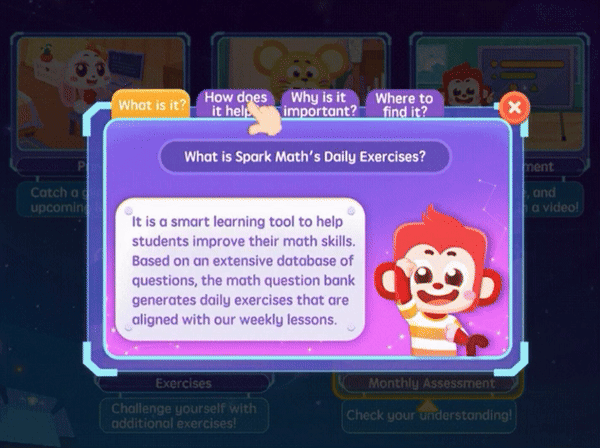
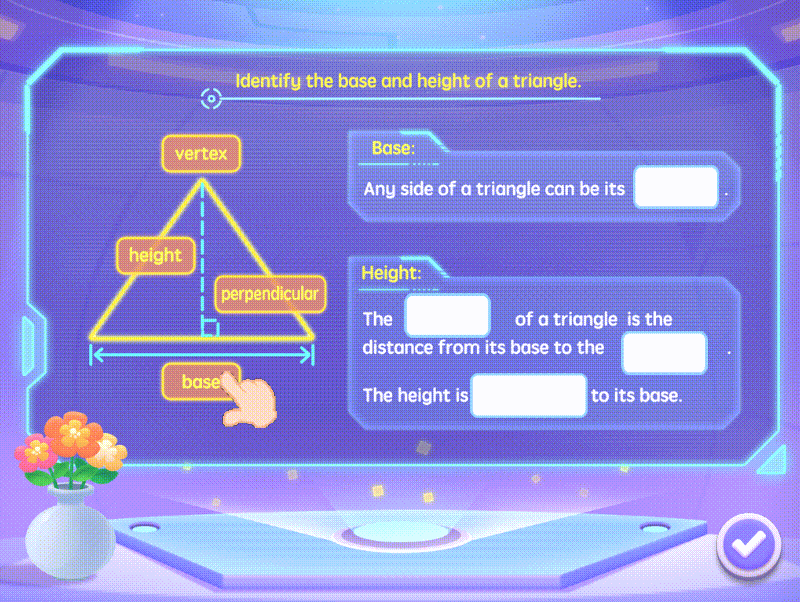
Personalized Learning with Technology
Host: As education evolves, it blends traditional teaching methods with interactive elements, both online and offline, making learning more engaging. However, students have varying levels of understanding; some learn quickly, while others take more time. How can technology personalize learning in online education?
| Quick answer: Online platforms allow for smaller classes and provide teachers with data on each student’s progress. This allows teachers to tailor challenges and provide individual support, making better use of everyone’s time. Personalized learning helps students learn at their own pace and builds confidence. It also ensures they are challenged appropriately, neither too easy nor too difficult. |
Mark: Absolutely, you’ve raised a critical issue faced by both schools and families today. In the classroom, whether online or offline, all students receive similar instruction and assignments. This can result in some students struggling to keep up while others feel they’re wasting time. because the pace isn’t right for them. This is a very real problem.
And it’s not just about learning pace. Even within the same group, students can have different strengths and weaknesses. Even if four of us score 80 on an entry exam, we might all get different questions wrong. This shows that in subjects like math, different students excel in different areas, naturally leading to varying learning paces.
In an Algebra class, for example, if the teacher caters to Lin, who excels in it, we three may struggle to keep up. Conversely, if the teacher adjusts to our understanding, Lin might find the class too easy. This mismatch between teacher instruction and student comprehension is a significant challenge.
Given the limitations of public resources, it’s challenging to provide a class with just 6 or 8 students where the teacher can cater to each one individually. This is where online education comes in.
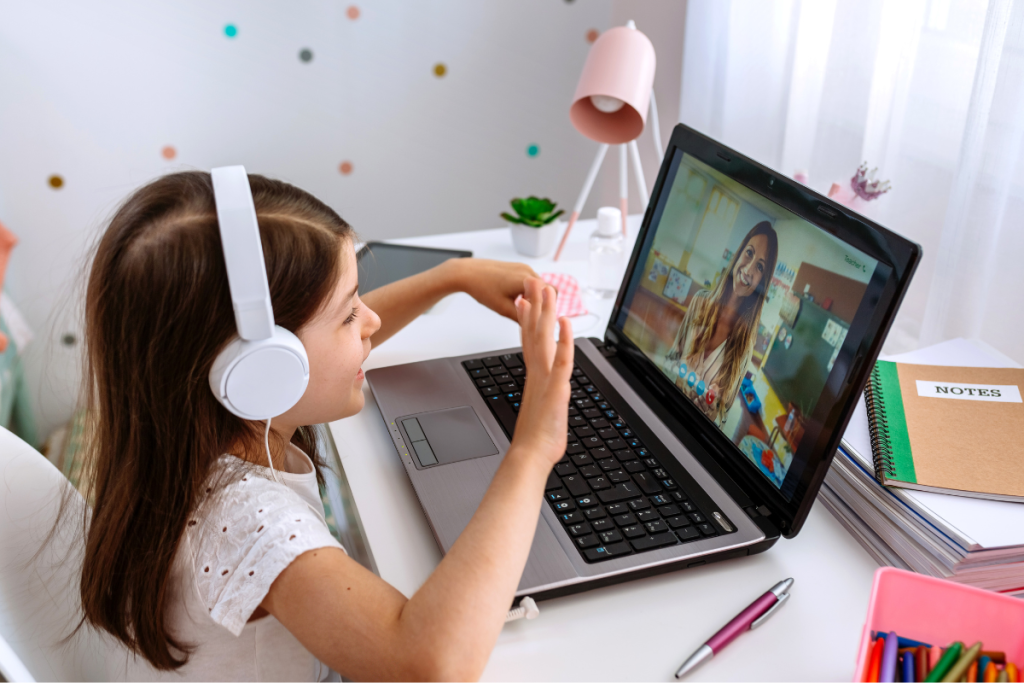

First, online learning allows for smaller class sizes. We can create as many small classes as needed without physical classroom constraints. Traditional schools, with limited physical space, can’t offer such flexibility.
Second, technology can personalize instruction. For instance, teachers can monitor each student’s problem-solving steps and progress. They can then use this data to provide individual support while others work on their tasks independently.
Additionally, technology allows us to tailor challenges based on individual strengths. For instance, if Lin excels at algebra, she could receive more challenging problems, while the rest of us focus on the basics. As we master the basics, the system can assess our readiness for more complex tasks. This way, technology helps address different levels of understanding within the same class and makes better use of everyone’s time.
I believe parents would greatly appreciate this feature. When children receive teaching and challenges suited to their abilities, their time is used most efficiently, and they find learning more enjoyable.
There’s an educational principle called the Zone of Proximal Development, which suggests that challenges should be neither too easy nor too difficult. They should be challenging enough that the child can reach them with a bit of effort. This approach motivates children to learn and accept challenges seriously.
Technology can effectively address this through online learning, and we’re also exploring how to achieve personalized teaching offline. This is an ongoing research topic for us, as we aim to provide personalized education in both online and offline settings.
Evaluating Gamified Learning Platforms
Host: While formal schooling remains the cornerstone of education, parents can consider supplementary options like hiring tutors, enrolling children in after-school programs, or using gamified platforms to enhance learning. But how can we assess the benefits of a gamified platform? What specific knowledge or skills can be measured through gamified learning?
| Quick answer: Parents should evaluate educational approaches based on long-term goals, such as desired skills and future aspirations. To evaluate gamified learning, they can observe if their children can apply what they learn in daily life situations, and show gradual improvement in academic confidence and performance. Gamification can be particularly effective for building confidence in struggling students. |
Mark: Many parents often focus on immediate results, which is quite understandable. However, we should take a long-term perspective, similar to how businesses approach strategy. Without a clear vision for the future, you can get bogged down by day-to-day tasks, addressing immediate concerns without a guiding direction. Therefore, we should start with the end goal in mind.
Think about what you want your child to achieve and work backward from there. For instance, if your child is in kindergarten or primary school, consider the PSLE results or secondary school options you aim for. Once we have a clear vision, we can determine the appropriate actions to take.
Even traditional tutoring methods incorporate gamification elements. For example, if a third-grader performs well and the tutor gives them a sticker, that’s a form of gamification. Gamification is a broad framework that can be applied to teaching in many ways.
To evaluate it simply, consider two main points:
- Can your child apply what they’ve learned in daily life? For instance, can they calculate change when shopping or solve basic math problems at home? Can they clearly explain concepts to you, even if you pretend not to understand? This willingness to apply learned skills in everyday life is a crucial indicator of effectiveness.
- How do they perform in school exams over time? Of course, it’s unrealistic to expect a jump from 70 to 100 immediately, but you should see progress and increased confidence in subjects like math.
A real-life example from a friend of mine illustrates this point. Despite hiring renowned tutors for their fifth-grader, the child’s performance remained stagnant.
Why? Those tutors were experts in teaching gifted children who grasped concepts quickly. They were great for gifted students but not for a child lacking confidence. The right gamification strategies can help build that confidence step-by-step, making complex problems approachable and fostering a sense of achievement.
Gamified learning can be instrumental in boosting confidence. By introducing challenging tasks with gradually increasing difficulty and providing support along the way, we can help children build their self-belief and problem-solving skills. This is where gamification shines.
Game, Gamification, and Gamified Learning
In short, what is the difference between educational games, gamification, and gamified learning? This table breaks down these approaches to show how they can all make learning more engaging for your child.
| Term | Description | Purpose | Learning Focus |
|---|---|---|---|
| Game | A structured activity with clear rules, objectives, and challenges. | Entertainment & winning | Incidental learning |
| Gamification | The process of incorporating game-like elements (points, badges, leaderboards, challenges, teamwork) into non-game activities. | Engagement & motivation | Can be built-in |
| Gamified Learning | A complete learning experience designed as a game. Learning objectives are embedded within the game’s story, mechanics, and challenges. | Acquiring knowledge, skills & fun | Structured learning |
About Spark Education Group
Founded in 2017, Spark Education Group is headquartered in Singapore and has served over 700,000 students globally. Its portfolio of education brands combines research-based pedagogy with technology to improve the learning experience and educational outcomes for students around the world. Accredited by STEM.org, Spark Education wins “Remote Learning Innovation Award“, “Best Interactive Learning Experience“, “Parent and Teacher Choice Gold“, and “Digital Education Institution of the Year“.

Love making math fun? Spark Math is a fun and effective way for kids to excel in math. Perfect for students from Kindergarten to Primary 6, Spark Math offers online classes, gamified lessons, and real experienced teachers. Try a free trial class today and see for yourself!




